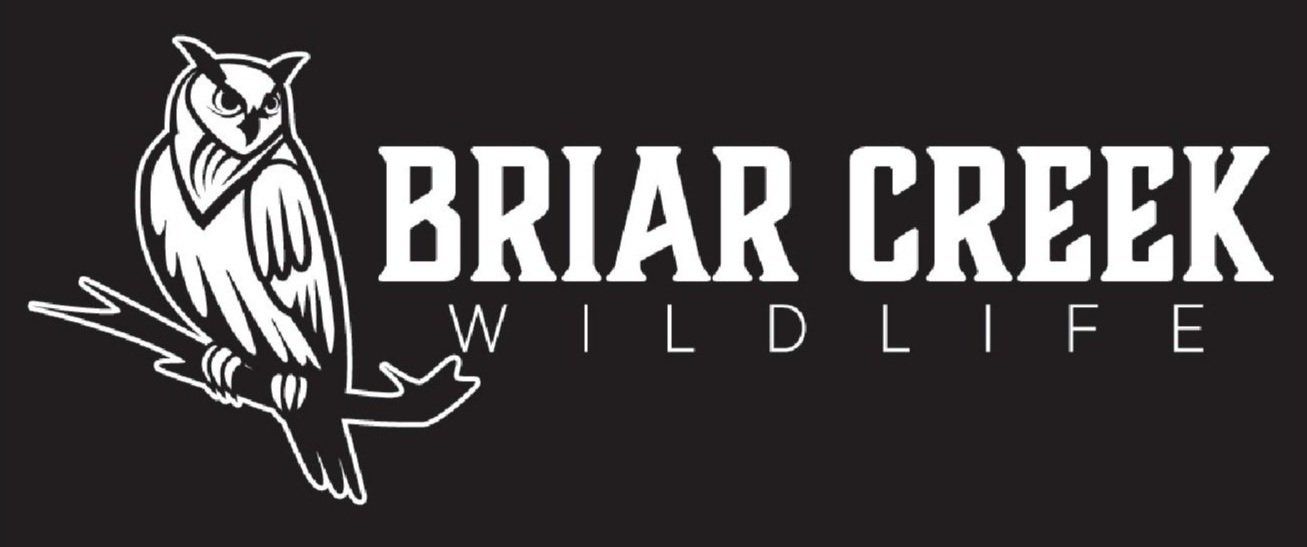What to Expect from Wildlife Removal in Indian Trail
Wildlife removal in Indian Trail follows a systematic process designed to safely remove animals while protecting your family and property. Professional services combine humane trapping methods with comprehensive property inspection to address both current problems and future prevention needs.
What happens during the initial inspection?
Your wildlife removal service begins with a thorough property assessment. Technicians examine your home's exterior, attic spaces, crawl areas, and surrounding grounds to identify active animal signs, entry points, and potential attraction factors.
During this inspection, professionals document damage, photograph evidence, and create a detailed plan for removal and exclusion. They'll explain what animals are present, how they're accessing your property, and what repairs will be needed after removal.
How does the humane trapping process work?
Professional wildlife removal uses live traps placed strategically based on animal behavior patterns and travel routes. Different species require specific trap types, bait selection, and placement techniques for safe, effective capture.
Trap monitoring occurs daily to minimize animal stress and ensure quick removal. Once captured, animals are relocated to appropriate habitats at least five miles from residential areas, following North Carolina wildlife regulations for species-specific relocation requirements.
What cleanup and sanitization is involved?
After animal removal, professional services address contamination from droppings, urine, and nesting materials. This cleanup involves removing soiled insulation, sanitizing affected areas, and treating spaces with antimicrobial solutions to eliminate disease risks.
Complete damage repair work includes replacing damaged materials, sealing entry points, and installing exclusion barriers to prevent future access. Quality companies provide detailed documentation of all work completed for your records.
How Indian Trail's suburban development impacts wildlife removal
Indian Trail's rapid residential growth has created numerous interface zones where wildlife and suburban properties meet. New construction often displaces animals from established territories, increasing the likelihood they'll seek shelter in nearby homes and buildings.
Local removal specialists understand that Indian Trail's mix of wooded lots and modern developments requires customized approaches. They know which exclusion methods work best for the area's common species like raccoons, squirrels, and opossums, and how seasonal changes affect animal behavior in our specific climate.
For safe, professional wildlife removal in Indian Trail, contact Briar Creek Wildlife at (704) 246-6832. We provide comprehensive solutions that protect your home and family while ensuring humane treatment of all animals.
